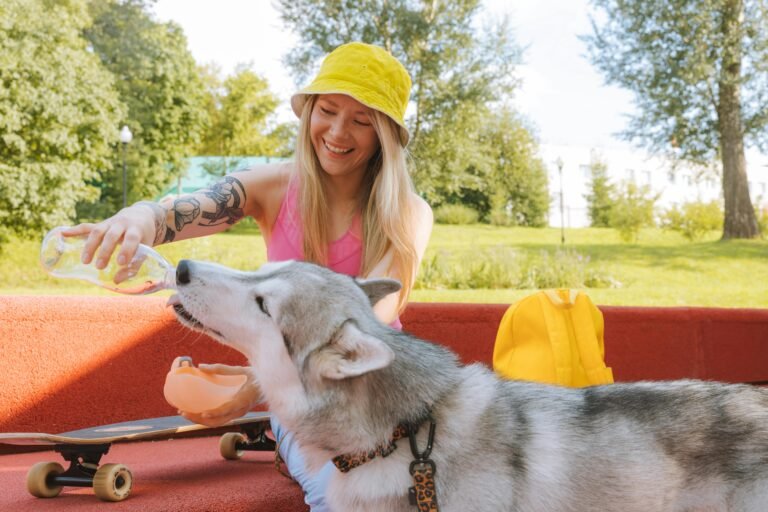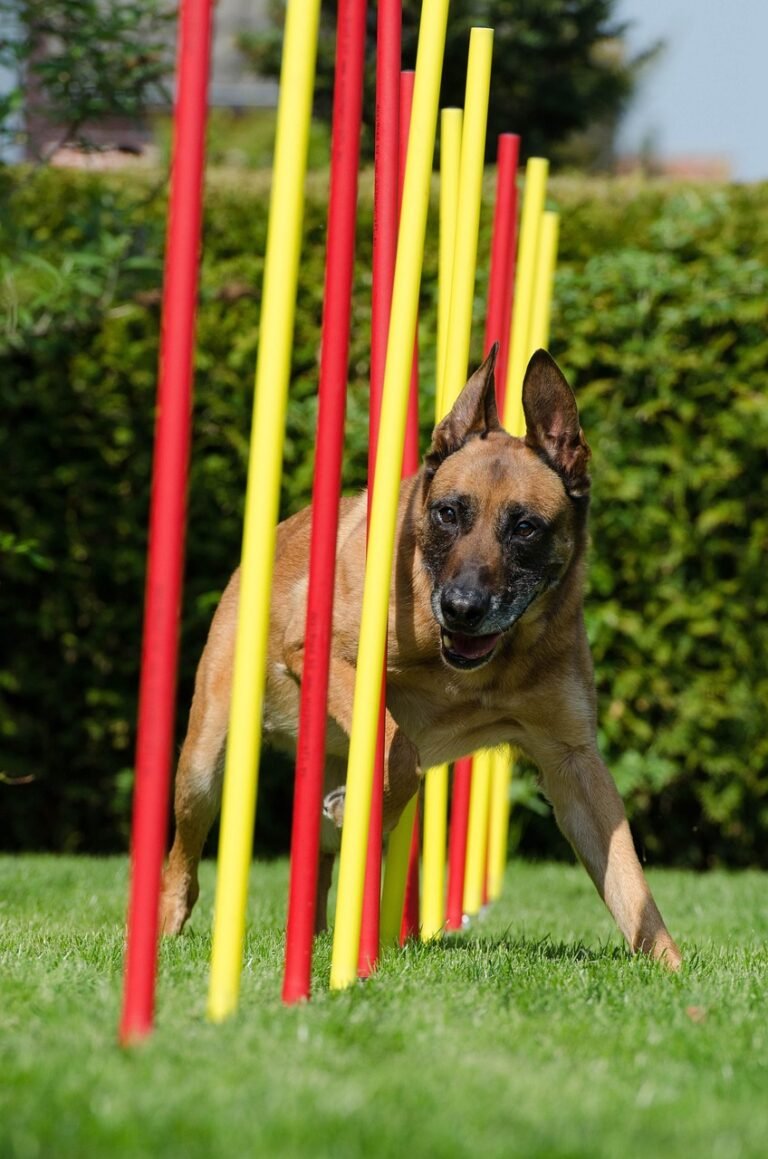Recognizing the Signs of Discomfort
Understanding the subtleties of canine communication is essential for ensuring a healthy interaction between dogs and humans. Dogs, much like people, exhibit various forms of body language that convey their feelings and emotional states. Recognizing signs of discomfort is crucial for dog owners to foster a safe and trusting environment. Some prominent indicators include growling, snapping, or showing their teeth, which typically signal that a dog feels threatened or stressed. These overt behaviors often serve as a warning for humans to respect their space and avoid further provocation.
However, not all signs of discomfort are expressed so overtly; many dogs communicate their unease through more subtle cues. For instance, avoiding eye contact is one such signal that a dog may be uncomfortable. Dogs have evolved to exhibit certain behaviors when they wish to de-escalate a given situation, and turning their head away from a perceived threat can indicate a desire to disengage. Similarly, a tense body posture or rigid movements often suggest that a dog is feeling anxious or on edge, prompting careful observation from their owners.
Moreover, a dog that constantly looks away may be expressing a need for space. A relaxed dog will typically maintain eye contact and exhibit fluid movements, whereas signs of discomfort can include a lowered tail position, flattened ears, or the dog attempting to retreat from the interaction entirely. Recognizing these indicators not only enhances safety but also builds a stronger bond between the owner and the dog. With an informed understanding of canine body language, owners can develop a deeper understanding of their dog’s emotional needs, ultimately resulting in a healthier and more balanced relationship.
Context Matters: Situations Where Dogs May Need Space
Understanding canine communication is crucial for responsible pet ownership. There are various contexts in which a dog may require some space, and recognizing these scenarios can help foster a better relationship between the pet and its owner. One prominent situation occurs when dogs encounter new people. A dog may feel overwhelmed or anxious when approached by strangers, particularly if they are unfamiliar with the individual’s scent or behavior. In such instances, it is important for owners to recognize signs of discomfort, such as backing away or excessive panting, and allow their dogs the opportunity to retreat to a safe space.
Another scenario where dogs may seek space is during encounters with other dogs. While some canines are sociable and enjoy interacting with others, not all dogs share this inclination. Certain breeds, especially those with a reserved temperament, may find interactions with unfamiliar dogs to be stressful. Observing body language such as stiff postures or attempts to distance themselves indicates that the dog is anxious and would benefit from having space. Responsible pet owners need to gauge the comfort level of their dogs and intervene as necessary during these interactions to ensure their well-being.
Furthermore, during playtime, dogs can also exhibit a need for space. Play can be exhilarating, but excessive stimulation may lead a dog to feel overwhelmed. Situations such as crowded parks or playing with overly active companions may prompt a dog to signal that it is time to take a break. Owners should be attentive to these needs and create an environment where their pet can opt for downtime if necessary.
Lastly, dogs may require space in stimulating environments. Loud noises, sudden movements, and bustling crowds can overwhelm a dog’s senses. In these cases, allowing the pet to retreat to a quieter area can significantly reduce anxiety. By recognizing these specific contexts, pet owners can better comprehend their dogs’ needs for space and help mitigate stress.
Creating a Safe Space for Your Dog
Understanding canine communication is crucial for ensuring your dog feels secure and comfortable in their environment. One of the most effective ways to support your dog’s need for space is by creating a safe and calming area within your home. This designated space serves as a retreat for your pet when they feel overwhelmed or need some time alone. To establish such an area, consider a quiet corner of a room or a separate area where your dog can retreat without interruptions.
Utilizing a crate or a designated dog bed can greatly enhance your dog’s sense of safety. A crate can act as a den-like environment, offering coziness and warmth. Make sure to personalize this space with your dog’s favorite blankets or toys to promote comfort. If you choose a dog bed, ensure it is large enough for your dog to stretch out comfortably, as well as soft and supportive to enhance relaxation.
Environmental modifications play a significant role in reducing overstimulation. For instance, limiting noise from outside or using curtains to dampen visual distractions can help your dog maintain a sense of calm. Additionally, keeping a routine can provide reassurance. Dogs thrive on predictability, so establishing consistent feeding schedules, playtimes, and rest periods can help them feel more secure.
Furthermore, consider using calming aids such as pheromone diffusers or soothing music designed for dogs. These tools can assist in creating a tranquil atmosphere where your dog knows they can retreat when necessary. By thoughtfully managing your dog’s surroundings and understanding their communication signals, you foster a nurturing environment that encourages relaxation and promotes their overall well-being.
When to Seek Professional Help
Understanding canine communication is paramount for fostering a harmonious relationship between dogs and their owners. While some behaviors may suggest that a dog simply requires space, there are instances when these actions can indicate deeper issues necessitating professional intervention. If a dog exhibits persistent aggression, fearfulness, or anxiety, especially when simple space management techniques fail to yield improvement, it may be time to seek the advice of a qualified professional, such as a veterinarian or a dog behaviorist.
Behavioral concerns in dogs are often multifaceted and may stem from various factors, including past traumatic experiences, lack of socialization, or underlying health problems. For instance, a dog that continuously displays aggressive behavior towards people or other animals may not just be establishing boundaries; it could be a sign of pain or anxiety that requires a thorough evaluation. Similarly, ongoing fearfulness that leads to significant avoidance behavior is an indicator that a dog might benefit from professional guidance, helping them learn coping mechanisms and strategies for managing their emotions in a positive manner.
Furthermore, if a dog demonstrates excessive anxiety, such as shaking, panting, or destructive behavior when left alone, these may be signs of separation anxiety or other anxiety disorders. Proactive measures, including seeking the help of a behavioral specialist, can significantly improve a dog’s quality of life and bolster their emotional health. Recognizing that professional assistance can lead to a better understanding of your dog’s needs, as well as effective intervention strategies, is crucial for ensuring the overall well-being of your pet. Addressing serious behavioral concerns promptly reflects a responsible approach to pet ownership, contributing positively to the dog-owner relationship.






